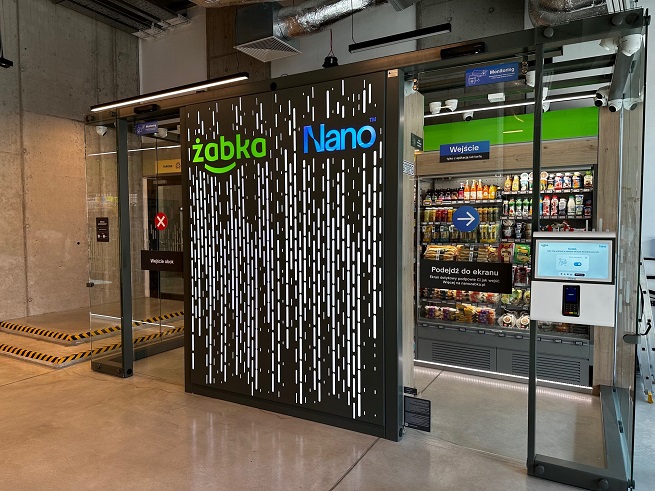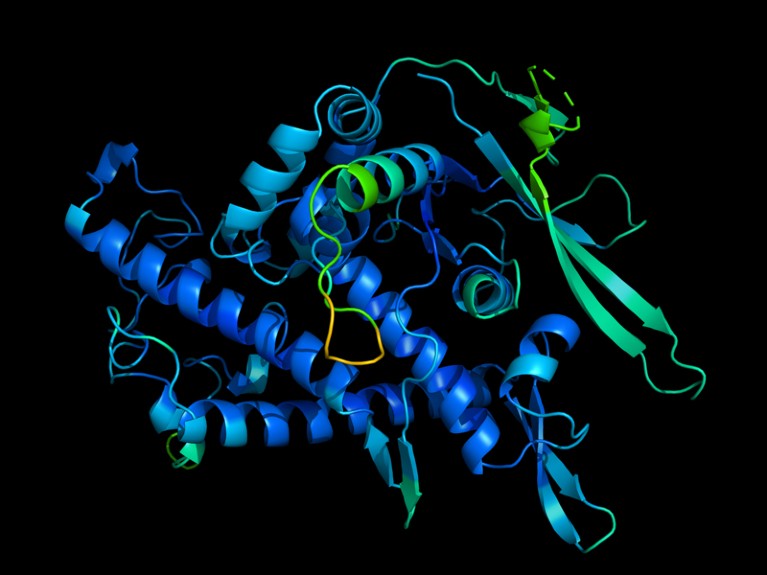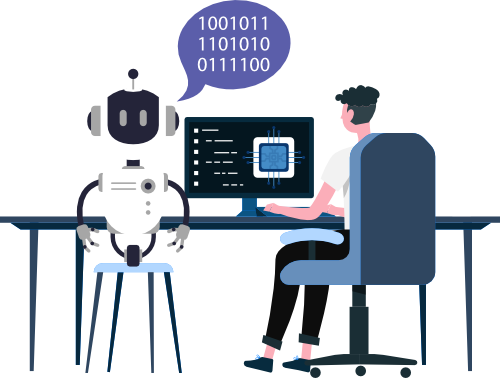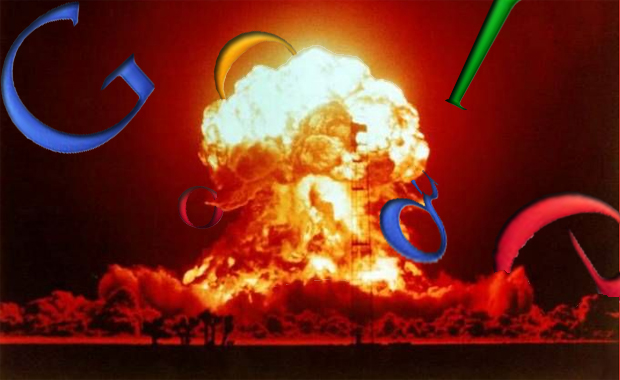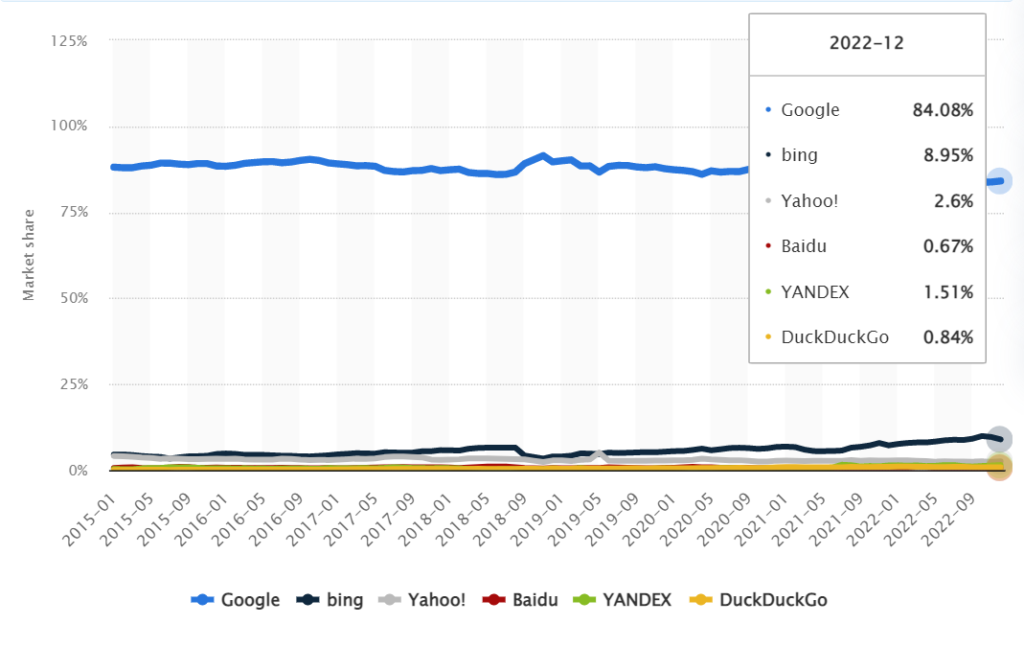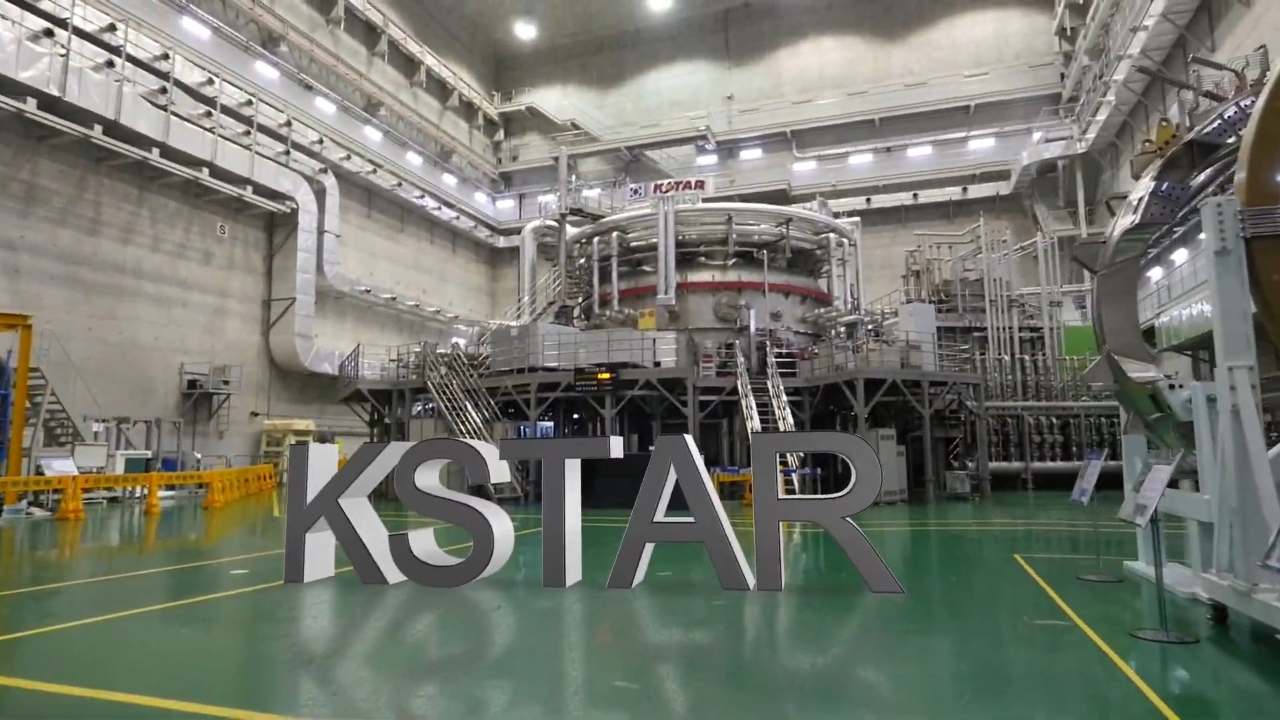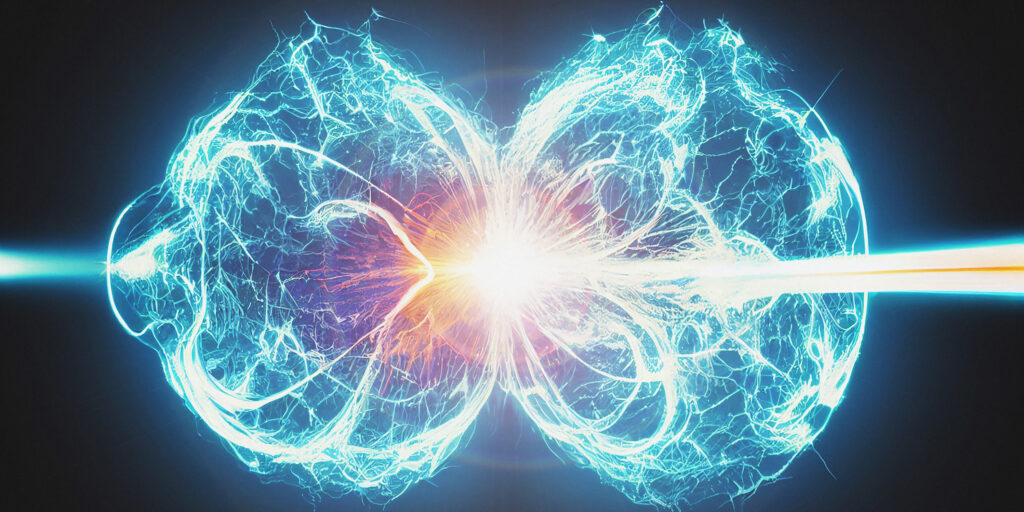The development of translator earbuds has been a major breakthrough in technology, offering people from different countries the ability to communicate seamlessly. These earbuds have completely changed the way we interact with one another, as they can automatically translate spoken language into other languages in real time. This makes it much easier for individuals who wouldn’t normally be able to understand each other due to language barriers.
Translator earbuds range in price and quality depending on the brand, with most falling within the price range of $100-$500. They come equipped with multiple features such as automatic translation and easy-to-use controls via voice command or through a dedicated app on your smartphone. Some models also offer noise cancellation which helps reduce background noise interference when you’re engaging in conversation. In addition, many models now come with additional features like an integrated virtual assistant and even meditation programs for relaxation and stress relief.

Regarding their performance and accuracy, there have been mixed reviews from users who have tried them out. While some have praised their convenience and accuracy, others have complained that they are not always reliable when it comes to translating complex sentences or words from another language. However, these issues may be addressed over time as technology continues to improve.
When looking towards the future, it is clear that translator earbuds will continue to evolve and become more advanced in terms of both technology and design. It is likely that we will see more sophisticated models with improved accuracy levels as well as additional features such as voice recognition capabilities for added convenience while conversing with others in different languages. Additionally, there could be further developments regarding how these devices can be used outside of just talking – such as providing audio translations for written text or videos – opening up even more possibilities for social interaction across cultures all over the world.
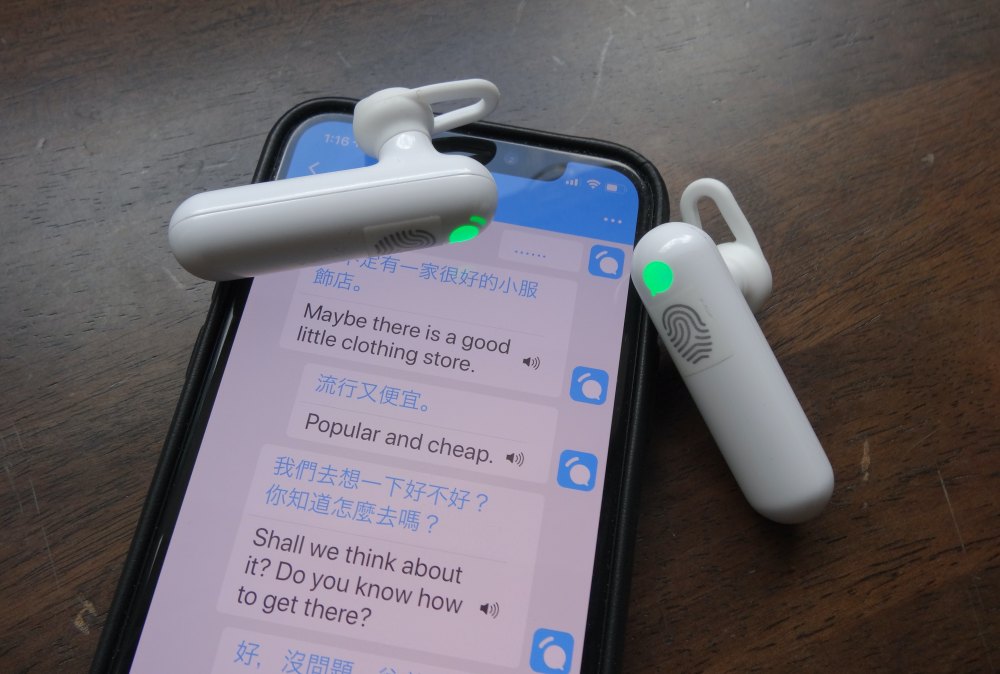
All things considered, translator earbuds are still relatively new products on the market but they already show great potential for improving communication between people from different countries all over the world. The improved accuracy levels combined with additional features will no doubt make them even more popular in years to come so that people everywhere can experience what it is like to converse comfortably without worrying about language barriers!

.png)


